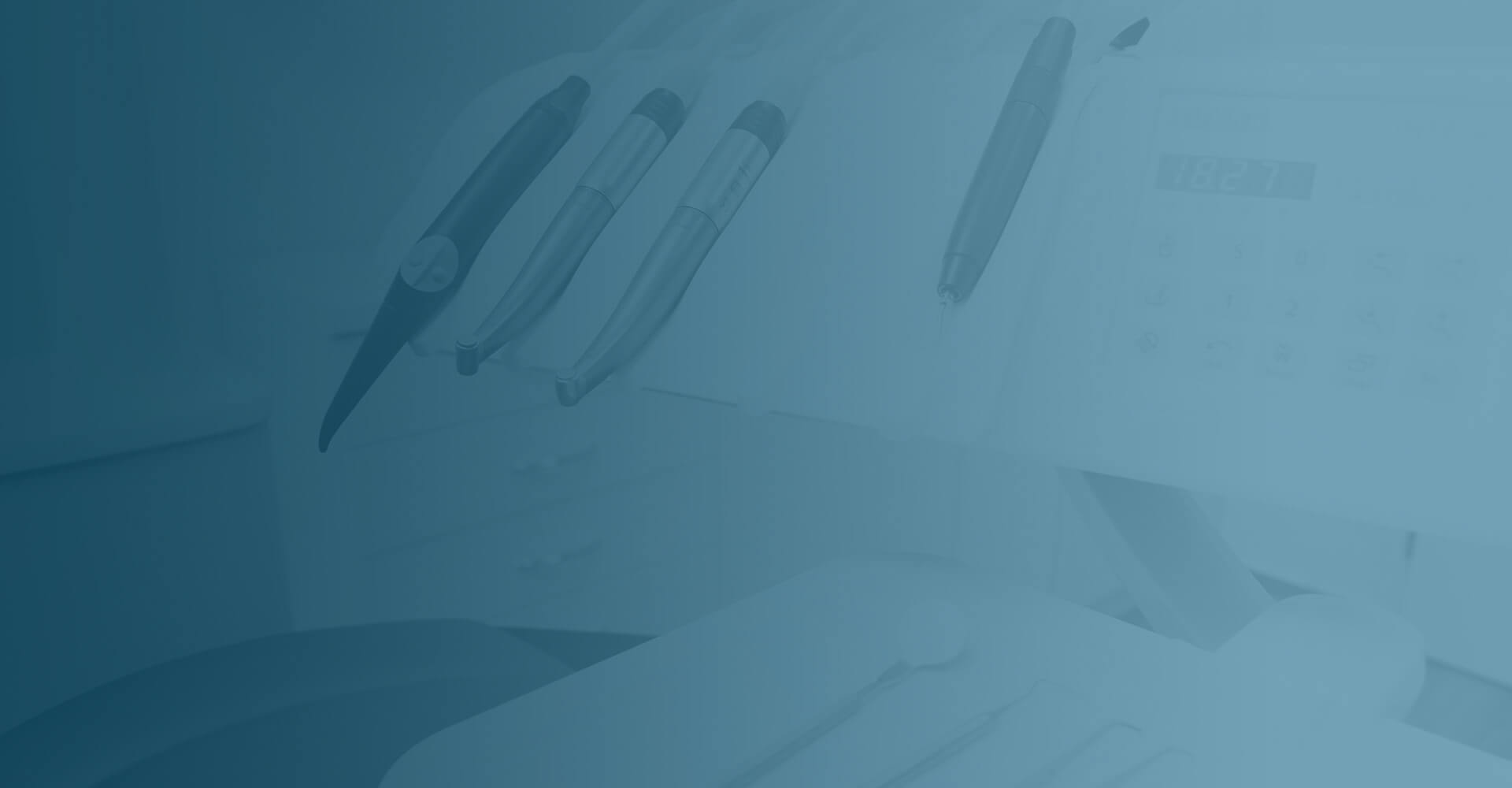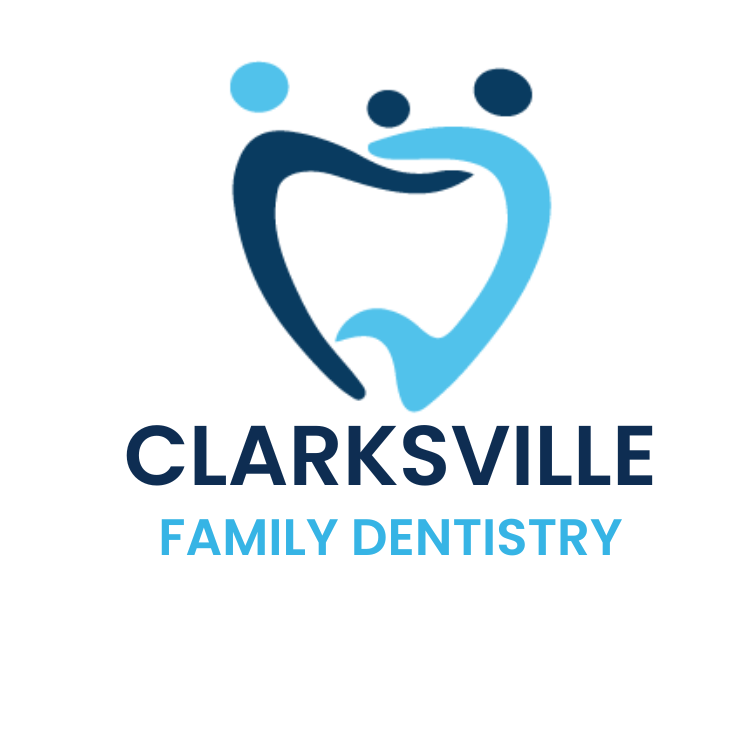Bruxism
Bruxism, often known as teeth grinding, is a common oral parafunctional activity that affects many individuals at various stages of life. Characterized by the grinding and clenching of teeth, this condition can occur during both waking hours and sleep. It’s worth noting that bruxism is one of the most prevalent sleep disorders, causing significant damage primarily during sleep cycles.
During bruxism episodes, individuals may unconsciously clench their jaws and grind their teeth, indicating a malfunctioning chewing reflex. Unlike non-sufferers, whose chewing reflexes deactivate during sleep, bruxism sufferers experience active reflex pathways even during deep sleep or naps. This continuous grinding, especially between the incisors and canines of opposing arches, exerts excessive pressure on the medial pterygoid muscles and temporomandibular joints, leading to various symptoms.
Common symptoms of bruxism include earaches, headaches, depression, eating disorders, and anxiety. However, these symptoms can overlap with those of other health issues like chronic stress, Alzheimer’s disease, and alcohol abuse, making accurate diagnosis crucial.
Diagnosis often requires professional evaluation to differentiate bruxism-related wear from other causes like aggressive brushing or acidic food consumption. Devices like BiteStrip®, an electromyography tool, offer an economical way to diagnose bruxism at home, monitoring jaw muscle activity during sleep and facilitating assessment and treatment planning.
Importance of Treating Bruxism:
- Gum Recession and Tooth Loss: Bruxism is a leading cause of gum recession and tooth loss, directly damaging soft tissue and promoting bacterial colonization.
- Occlusal Trauma: Abnormal wear patterns from bruxism can lead to tooth fractures requiring restorative treatment.
- Arthritis: Severe and chronic bruxism may result in painful arthritis in the temporomandibular joints (TMJ).
- Myofascial Pain: Prolonged grinding can cause headaches and muscle pain in the myofascial region, affecting overall well-being.
Treatment Options:
- Mouthguards: Custom acrylic mouthguards minimize tooth surface abrasion during sleep, stabilizing occlusion and preventing tooth and TMJ damage.
- NTI-tss Device: This device, covering only the front teeth, aims to limit molar grinding by restricting temporalis muscle contraction.
- Botox®: Injections relax and weaken muscles without interfering with daily functions, effectively managing bruxism symptoms.
- Other Methods: Relaxation exercises, stress management, and biofeedback mechanisms offer additional treatment avenues.
Once bruxism is under control, various dental procedures like crowns, gum grafts, and crown lengthening can restore the smile’s aesthetic appeal.
Questions or Concerns?
If you have any queries or concerns about bruxism, don’t hesitate to reach out to our office for professional guidance.

Convenient Appointments Monday through Thursday.
No matter what your schedule looks like, we want to provide you with the high-quality dentistry that you deserve. Call (931) 551-8705 to book your appointment today!

